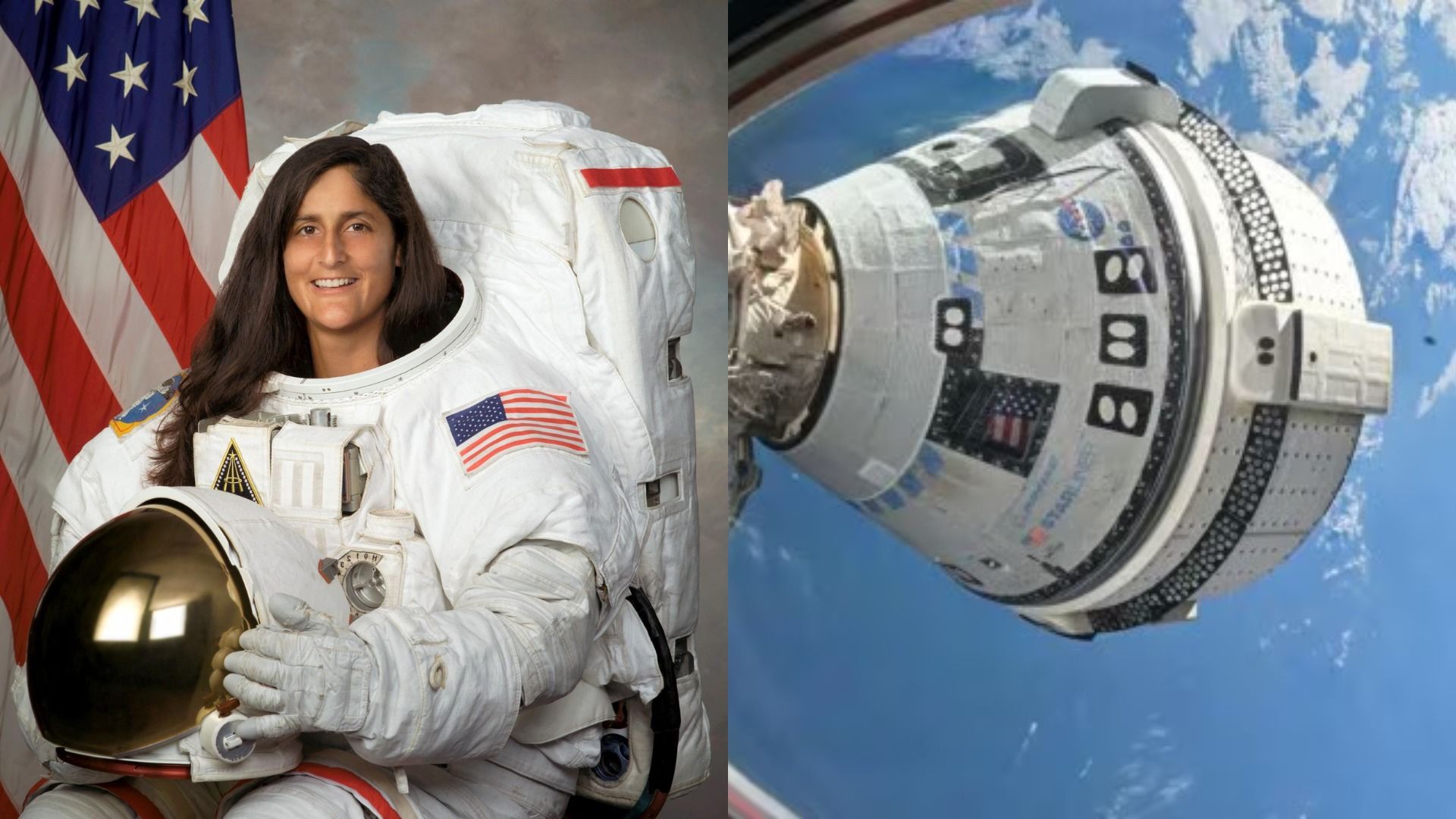After months of turmoil over its safety, Boeing’s newest astronaut capsule lifted off from the International Space Station on Friday without its crew and headed back to Earth.
NASA’s two test pilots stayed on the space station — their home until next year — as the Starliner capsule undocked 260 miles (420 kilometers) above China, springs gently lifting it away from the orbiting lab. The return flight was expected to last six hours, with an overnight landing in the New Mexico desert.
“It’s on its way home,” astronaut Suni Williams radioed after Starliner lifted off.
Williams and Butch Wilmore were supposed to return to Earth in June, a week after their launch, but thruster failures and helium leaks marred their trip to the space station.
In the end, NASA decided it was too risky to bring the duo back on Starliner, so the fully automated capsule departed with its empty seats and blue spacesuits along with some old station equipment. SpaceX will bring the duo back in late February, extending their original eight-day mission to more than eight months.
Boeing’s first flight with astronauts ends a journey filled with delays and setbacks. After the space shuttles were retired more than a decade ago, NASA contracted with Boeing and SpaceX for orbital taxi service. Boeing had so many problems on its first test flight with no one on board in 2019 that it had to do it again. The new test in 2022 uncovered even more flaws, and the repair bill topped $1 billion.
SpaceX’s crew-transport flight later this month will be NASA’s 10th since 2020. The Dragon capsule will launch on the mid-year expedition with just two astronauts, as two seats are reserved for Wilmore and Williams for the return leg.
As veteran astronauts and retired Navy captains, Wilmore and Williams anticipated the hurdles that would come with the test flight. They kept busy in space, helping with repairs and experiments. Now, they are both full-time station crew members along with the seven others on board.
Even before the pair lifted off on June 5, Starliner’s propulsion system was leaking helium. The leak was small and thought to be isolated, but four more emerged after liftoff. Then five thrusters failed. Although four of them were recovered, NASA wondered whether more failures could hamper the capsule’s descent from orbit.
Boeing conducted numerous thruster tests in space and on the ground over the summer and was convinced its spacecraft could bring Wilmore and Williams home safely. But NASA disagreed and opted for SpaceX.
A minute after separating from the space station, Starliner’s thrusters could be seen firing as the white capsule with blue trim slowly moved away. NASA’s Mission Control Center called it a “perfect” exit.
Flight controllers planned further firing tests of the capsule’s thrusters after undocking. Engineers suspect that the more the thrusters are fired, the hotter they will get, causing protective seals to swell and obstruct fuel flow. They won’t be able to examine any of the parts; the section containing the thrusters will be jettisoned just before reentry.
NASA commercial crew program manager Steve Stich said earlier this week that teams have been so focused on Starliner’s return that they haven’t had time to think about what lies ahead for Boeing. He added that the space agency remains committed to having two competing U.S. companies carry astronauts.
Disclaimer:
The information contained in this post is for general information purposes only. We make no representations or warranties of any kind, express or implied, about the completeness, accuracy, reliability, suitability or availability with respect to the website or the information, products, services, or related graphics contained on the post for any purpose.
We respect the intellectual property rights of content creators. If you are the owner of any material featured on our website and have concerns about its use, please contact us. We are committed to addressing any copyright issues promptly and will remove any material within 2 days of receiving a request from the rightful owner.

